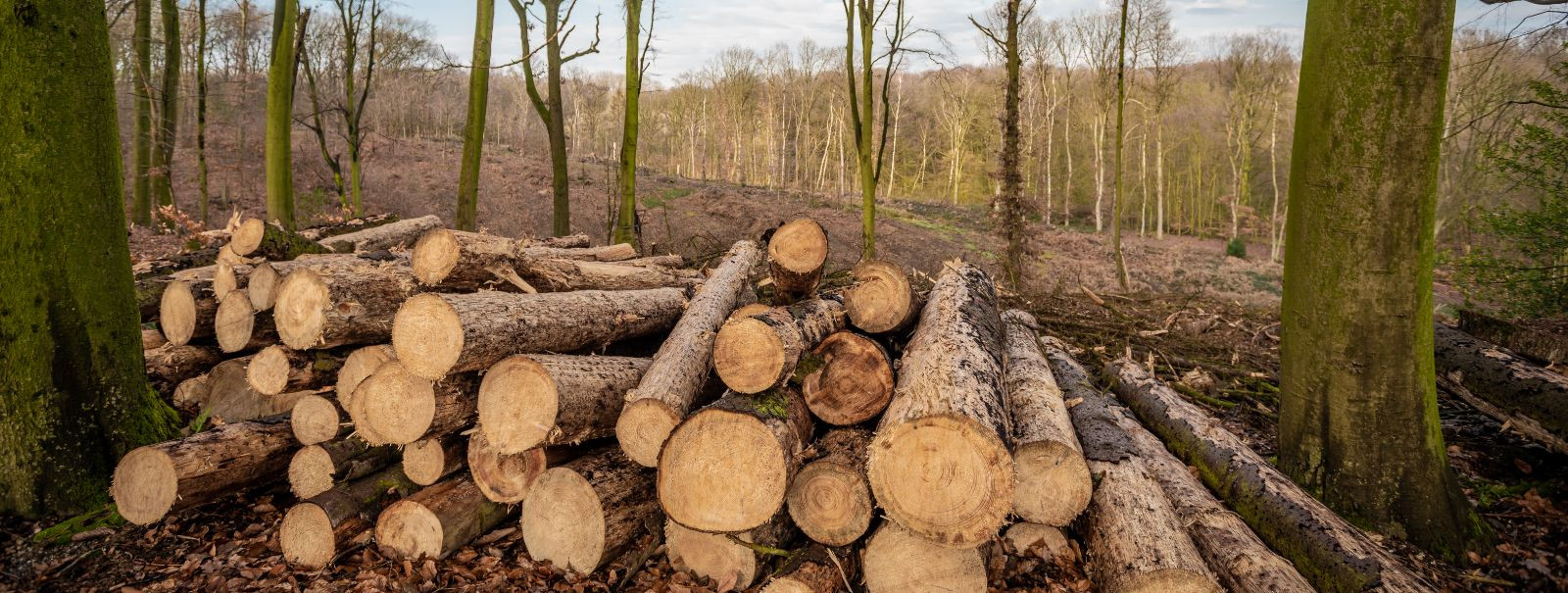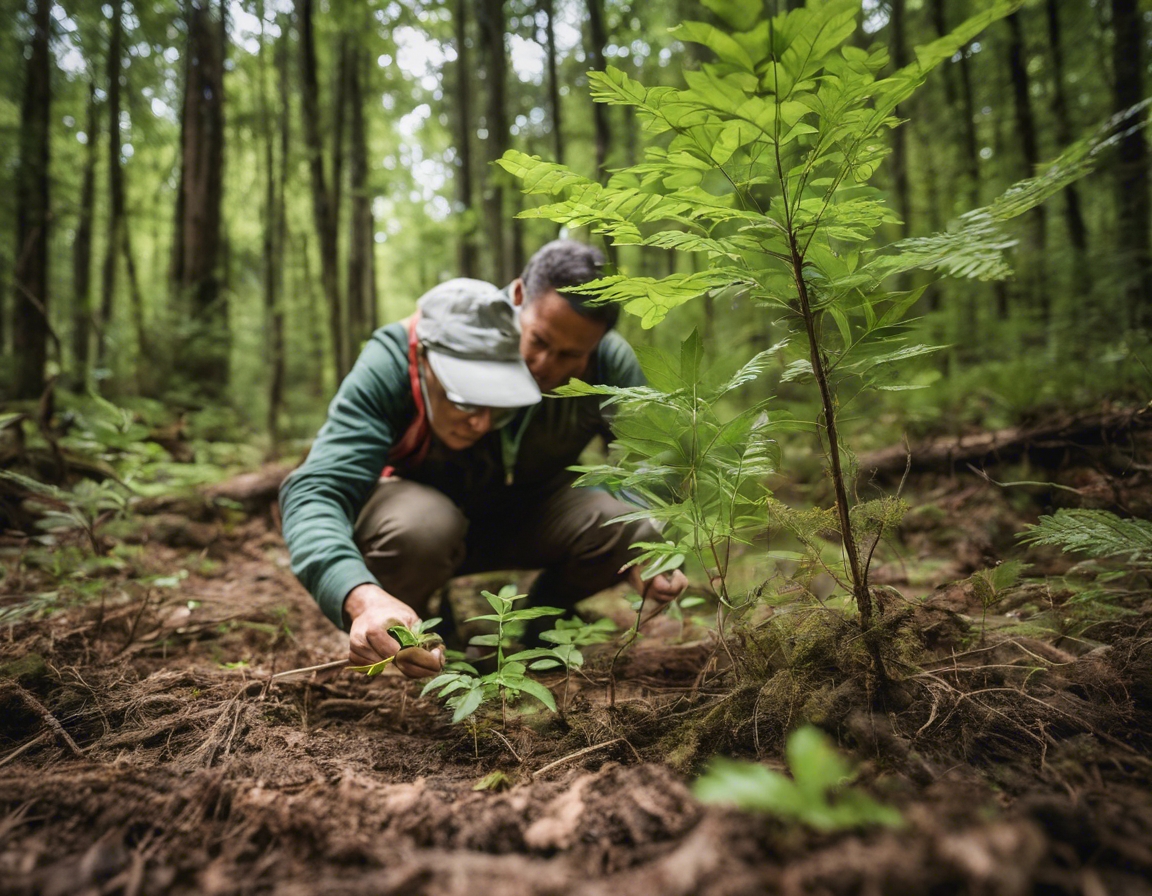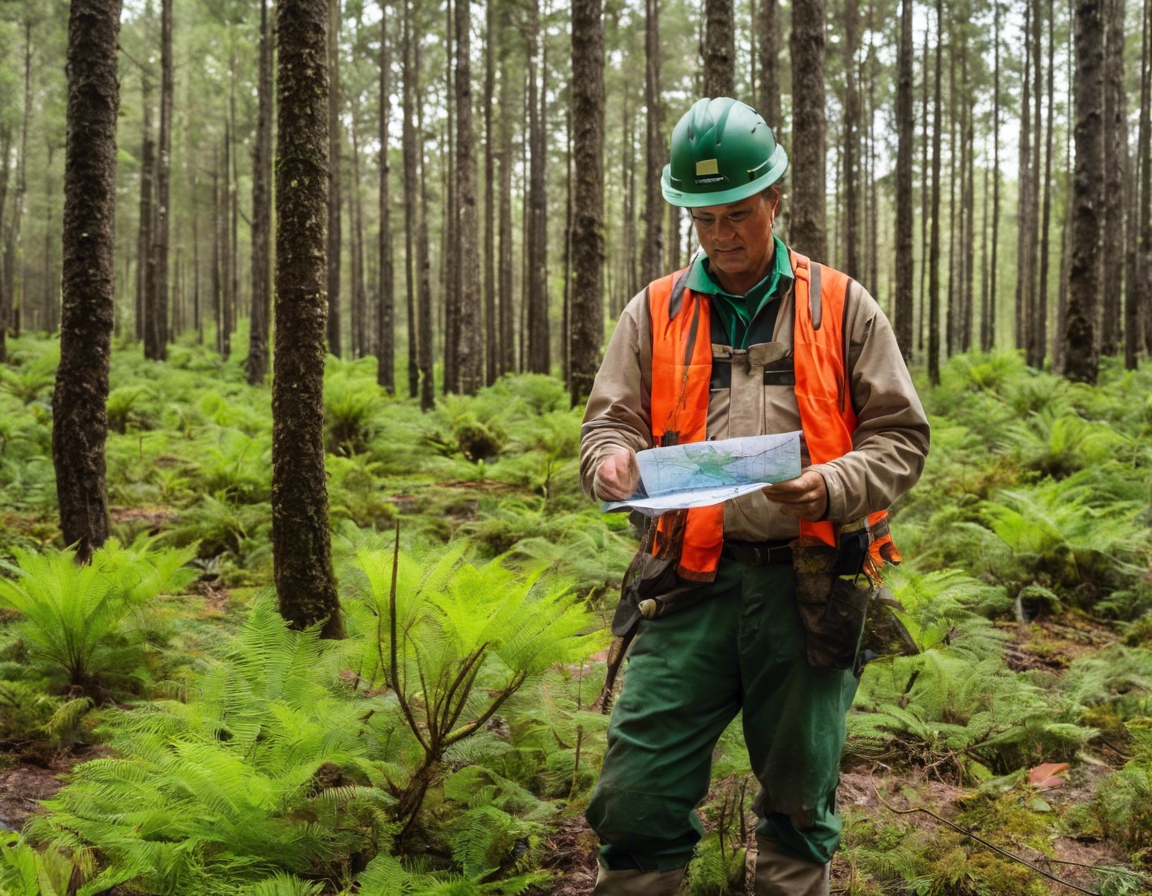Sustainable forestry: balancing industry and ecology
Sustainable forestry is a management philosophy that balances the economic, social, and environmental needs of present and future generations. It is the practice of managing forest resources to meet the needs of society without compromising the health of the ecosystem. The importance of sustainable forestry lies in its ability to maintain the biodiversity, productivity, and ecological processes of forested areas while also providing timber, paper, and other forest products.
The forestry industry faces numerous challenges, including deforestation, climate change, habitat destruction, and the need for economic development. Addressing these challenges requires a multifaceted approach that integrates responsible management practices, technological advancements, and policy frameworks.
The Pillars of Sustainable Forestry
For forestry to be sustainable, it must be economically viable. This involves ensuring that forest management practices are profitable and provide a stable source of income for communities and industries dependent on forest resources.
Environmental health is a cornerstone of sustainable forestry. This entails preserving the natural habitats, water resources, and soil quality, as well as maintaining the forests' role in carbon sequestration and climate regulation.
Social responsibility in forestry involves respecting the rights and traditions of indigenous peoples and local communities, providing fair labor conditions, and ensuring that the benefits of forest resources are shared equitably.
Best Practices in Sustainable Forestry
Implementing responsible harvesting techniques, such as selective cutting and shelterwood harvesting, minimizes the impact on the forest ecosystem and helps maintain its integrity.
Reforestation and afforestation are critical for restoring deforested areas and expanding forest cover, respectively. These practices are essential for enhancing biodiversity and mitigating the effects of climate change.
Protecting biodiversity involves conserving a wide range of plant and animal species, as well as the ecological processes that support them. This is achieved through the creation of protected areas, wildlife corridors, and the sustainable management of forest resources.
Continuous monitoring and adaptive management are necessary to respond to changing conditions and to ensure that forestry practices remain sustainable over time.
Technological Innovations Supporting Sustainability
Remote sensing and Geographic Information Systems (GIS) are powerful tools for mapping, monitoring, and managing forests. They provide valuable data for decision-making and help in assessing the impact of forestry activities.
Advancements in harvesting equipment have led to more efficient and less environmentally damaging logging practices. These innovations are crucial for reducing the ecological footprint of forestry operations.
Data analytics and forest management software enable better planning and management of forest resources, leading to more informed and sustainable practices.
Policy and Certification in Sustainable Forestry
International and national regulations play a significant role in promoting sustainable forestry. These regulations set standards for forest management and conservation, and help to enforce sustainable practices globally.
Forest certification schemes, such as the Forest Stewardship Council (FSC) and the Programme for the Endorsement of Forest Certification (PEFC), provide a mechanism for verifying that forestry is practiced in an environmentally responsible, socially beneficial, and economically viable manner.
Engaging Stakeholders in Sustainable Forestry
Engaging local communities and educating stakeholders about the benefits of sustainable forestry are key to its success. Community involvement ensures that the interests of those most affected by forestry activities are considered.
Collaboration with environmental organizations helps to align forestry practices with broader conservation goals and to leverage expertise in sustainable management.
Corporate responsibility initiatives and increasing consumer awareness can drive demand for sustainably sourced forest products, thereby encouraging industries to adopt sustainable practices.






Comments (0)